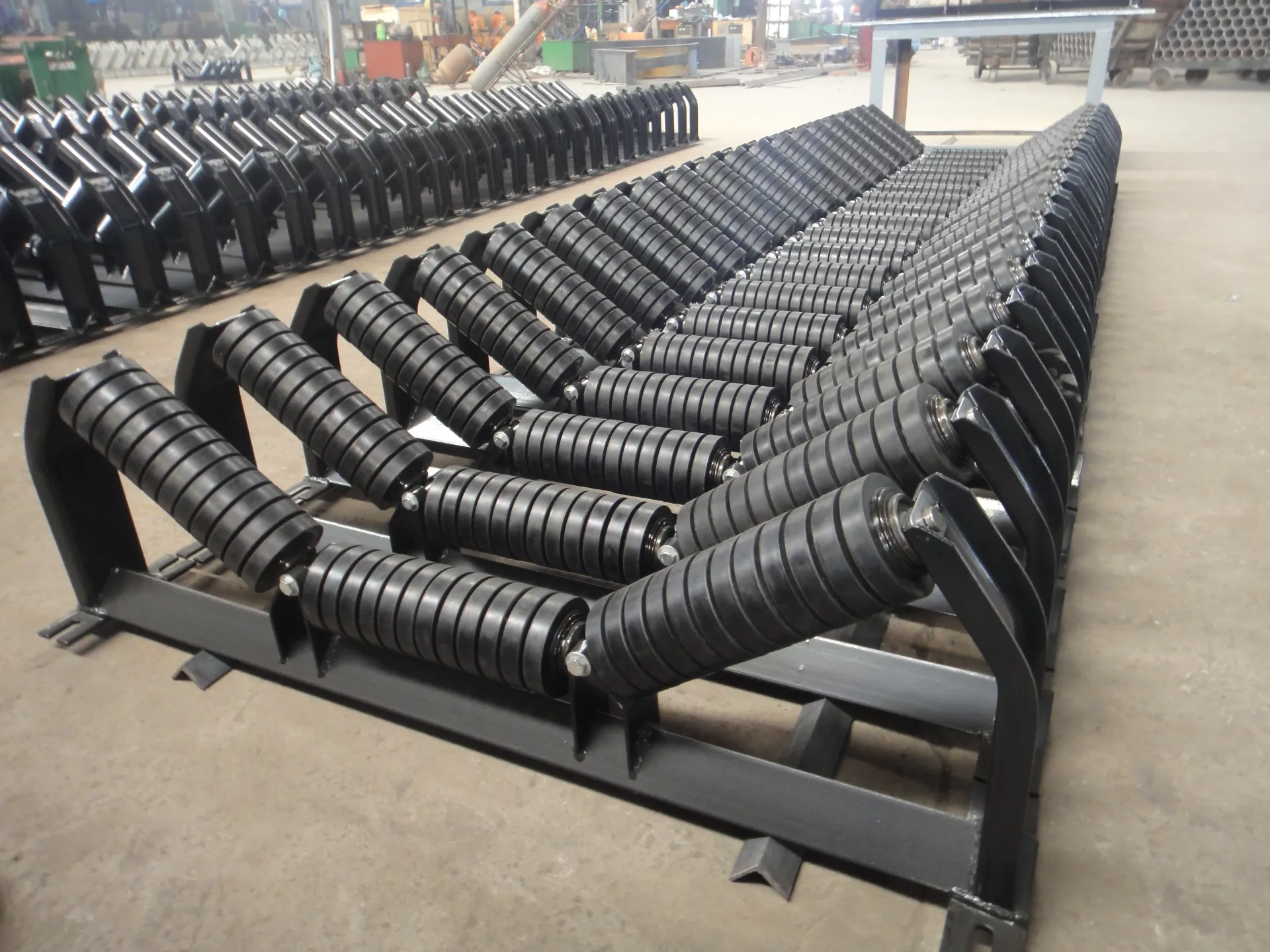 Afrikaans
Afrikaans  Albanian
Albanian  Amharic
Amharic  Arabic
Arabic  Armenian
Armenian  Azerbaijani
Azerbaijani  Basque
Basque  Belarusian
Belarusian  Bengali
Bengali  Bosnian
Bosnian  Bulgarian
Bulgarian  Catalan
Catalan  Cebuano
Cebuano  Corsican
Corsican  Croatian
Croatian  Czech
Czech  Danish
Danish  Dutch
Dutch  English
English  Esperanto
Esperanto  Estonian
Estonian  Finnish
Finnish  French
French  Frisian
Frisian  Galician
Galician  Georgian
Georgian  German
German  Greek
Greek  Gujarati
Gujarati  Haitian Creole
Haitian Creole  hausa
hausa  hawaiian
hawaiian  Hebrew
Hebrew  Hindi
Hindi  Miao
Miao  Hungarian
Hungarian  Icelandic
Icelandic  igbo
igbo  Indonesian
Indonesian  irish
irish  Italian
Italian  Japanese
Japanese  Javanese
Javanese  Kannada
Kannada  kazakh
kazakh  Khmer
Khmer  Rwandese
Rwandese  Korean
Korean  Kurdish
Kurdish  Kyrgyz
Kyrgyz  Lao
Lao  Latin
Latin  Latvian
Latvian  Lithuanian
Lithuanian  Luxembourgish
Luxembourgish  Macedonian
Macedonian  Malgashi
Malgashi  Malay
Malay  Malayalam
Malayalam  Maltese
Maltese  Maori
Maori  Marathi
Marathi  Mongolian
Mongolian  Myanmar
Myanmar  Nepali
Nepali  Norwegian
Norwegian  Norwegian
Norwegian  Occitan
Occitan  Pashto
Pashto  Persian
Persian  Polish
Polish  Portuguese
Portuguese  Punjabi
Punjabi  Romanian
Romanian  Russian
Russian  Samoan
Samoan  Scottish Gaelic
Scottish Gaelic  Serbian
Serbian  Sesotho
Sesotho  Shona
Shona  Sindhi
Sindhi  Sinhala
Sinhala  Slovak
Slovak  Slovenian
Slovenian  Somali
Somali  Spanish
Spanish  Sundanese
Sundanese  Swahili
Swahili  Swedish
Swedish  Tagalog
Tagalog  Tajik
Tajik  Tamil
Tamil  Tatar
Tatar  Telugu
Telugu  Thai
Thai  Turkish
Turkish  Turkmen
Turkmen  Ukrainian
Ukrainian  Urdu
Urdu  Uighur
Uighur  Uzbek
Uzbek  Vietnamese
Vietnamese  Welsh
Welsh  Bantu
Bantu  Yiddish
Yiddish  Yoruba
Yoruba  Zulu
Zulu carrying roller
The Role of Carrying Rollers in Conveyor Systems
In modern industrial settings, efficiency and productivity are paramount. One component that plays a crucial role in enhancing these factors is the carrying roller, an essential element in conveyor systems. This article delves into the significance of carrying rollers, their types, applications, and the advantages they offer.
Understanding Carrying Rollers
Carrying rollers are cylindrical components that support the weight of materials moving through a conveyor system. They are positioned beneath the conveyor belt and are crucial for facilitating the transport of goods. The primary function of carrying rollers is to reduce friction, thereby enabling the smooth movement of materials. This reduces the overall wear and tear on the conveyor belt and extends its lifespan, ultimately leading to cost savings in maintenance and replacement.
Types of Carrying Rollers
Carrying rollers come in various types, each designed for specific applications. The most common types include
1. Standard Carrying Rollers These are the basic rollers used in most conveyor systems. They are typically made of steel or plastic and are designed to handle moderate loads.
2. Heavy-Duty Carrying Rollers Designed for more demanding applications, heavy-duty rollers can support larger loads and are often used in mining, construction, and heavy manufacturing industries. They are built to withstand extreme conditions and are usually reinforced for additional strength.
3. Fabricated Rollers These rollers are customized to meet specific operational needs. They can be designed with various materials and sizes to cater to unique applications.
4. Impact Rollers Designed for load zones where materials are dropped onto the conveyor belt, impact rollers are reinforced to absorb shock and prevent damage to the conveyor system.
Applications of Carrying Rollers
carrying roller

Carrying rollers find applications across a wide range of industries
. In manufacturing, they are integral to assembly lines, where they facilitate the movement of products between different stages of production. In warehousing and distribution, carrying rollers are employed in conveyor systems to efficiently transport goods to and from storage locations.Furthermore, carrying rollers are widely utilized in the mining industry, where they support the conveyance of bulk materials, such as coal, sand, and gravel. Their ability to withstand harsh operating conditions makes them indispensable in such environments.
Advantages of Carrying Rollers
The use of carrying rollers in conveyor systems offers several advantages
1. Reduced Friction One of the primary benefits of carrying rollers is their ability to minimize friction. This results in smoother operation and reduces the energy costs associated with running the conveyor system.
2. Load Distribution Carrying rollers help distribute the weight of materials evenly across the conveyor belt. This alleviates stress on the belt and prevents sagging, leading to longer belt life and improved performance.
3. Improved Safety By ensuring that materials move smoothly along the conveyor, carrying rollers help reduce the risk of accidents caused by jams or failures in the system.
4. Versatility With various types of carrying rollers available, businesses can choose the right type for their specific needs, making them versatile components in conveyor systems.
5. Maintenance Efficiency Carrying rollers are designed for longevity, which means less frequent replacements and repairs. This efficiency significantly contributes to lower overall operational costs.
Conclusion
Carrying rollers are indispensable components of conveyor systems that greatly enhance operational efficiency, safety, and longevity. Understanding the various types and applications of carrying rollers can help businesses make informed decisions when designing or upgrading their conveyor systems. As industries continue to evolve, the role of carrying rollers will undoubtedly remain critical in facilitating the seamless movement of goods and materials in various operational environments. Investing in high-quality carrying rollers will not only improve productivity but also contribute to the long-term success of industrial operations.
-
Revolutionizing Conveyor Reliability with Advanced Rubber Lagging PulleysNewsJul.22,2025
-
Powering Precision and Durability with Expert Manufacturers of Conveyor ComponentsNewsJul.22,2025
-
Optimizing Conveyor Systems with Advanced Conveyor AccessoriesNewsJul.22,2025
-
Maximize Conveyor Efficiency with Quality Conveyor Idler PulleysNewsJul.22,2025
-
Future-Proof Your Conveyor System with High-Performance Polyurethane RollerNewsJul.22,2025
-
Driving Efficiency Forward with Quality Idlers and RollersNewsJul.22,2025





























